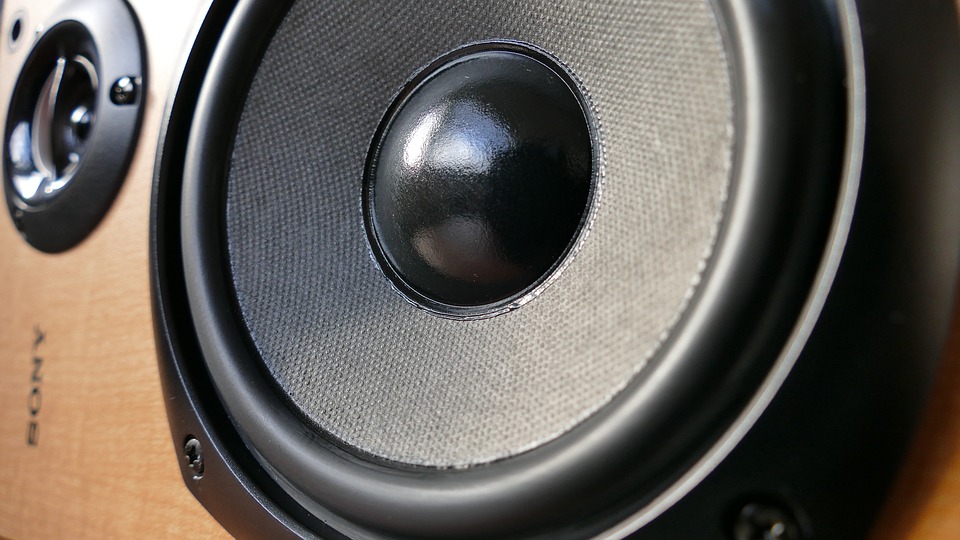No party, how small it might be, can be complete without music. Music is integral to parties, including the ones you host in your backyard or patio to entertain family and friends. When you need to host a party at home in an outdoor setting on your patio or yard, it will require placing your stereo speakers in the open, and this can be quite challenging, especially if you want to install the speakers permanently. You must buy expensive units specifically designed for outdoor use or make use of the speakers that you already have.
To protect your outdoor speakers from the elements of weather, you must use some simple techniques of weatherproofing that can make the speakers last and perform for many years.
Water protection for drivers
Outdoor speakers are costly because manufacturers charge a premium for making it waterproof. They treat the drivers with special polymers for moisture protection from snow and rain. To avoid the high cost, you can do it on your own by spraying or brushing a coat of polyurethane or polymer. In addition to the protection given to drivers, you must use outdoor speaker covers to protect it when not in use. The protective polymer may need recoating depending on the weather, and you must do it periodically to ensure that the protection remains. Those living in a cold and wet climate should repeat the process half-yearly to ensure continuous protection.
Cabinet protection
As far as practicable, you should place your speakers in such a way so that it receives minimal exposure to sun, rain, and snow. Putting it under a large tree or an eave should help. Since the speaker cabinets are mostly wooden, irrespective of its placement, you must apply a few coats of polymer protectant to reduce the damage from sunlight, rain, and snow. Applying a coat of spar varnish like the one used for wooden boats is another way to protect the wooden cabinets of the speakers. Despite being expensive than polyurethane-based polymers, spar varnish offers excellent protection from moisture and requires fewer re-applications. In extremely cold conditions, to protect the wires and crossovers inside the boxes, you can use some padding. Ensure that the speakers have some covers for the drivers or protective grills, and if the manufacturer does not provide it, get it done locally.
Accept the acoustic downgrade
When you convert your speakers for outdoor use, you will notice that the sound is not as loud as what it used to be indoors. However, this is normal for outdoor speakers that have lower tonal clarity and lack the bass response as compared to indoor speakers. The polymer protectant used for protecting the drivers reduces the frequency range of the speakers slightly at the extreme ends of the spectrum.
For improved clarity of outdoor speakers, you must place it 15-20 feet apart and position the faces away, pointing inward slightly at an angle between 15o to 30o. But the amplifier volume setting should be at a higher level than when listening to music indoor.
